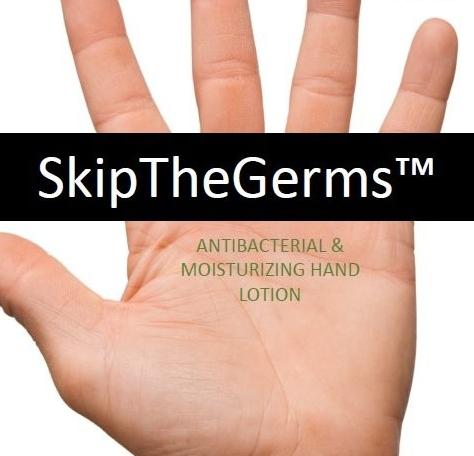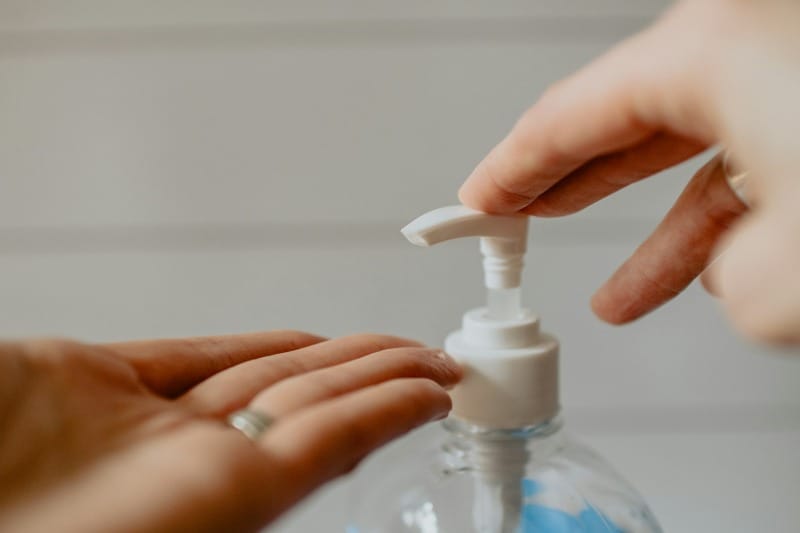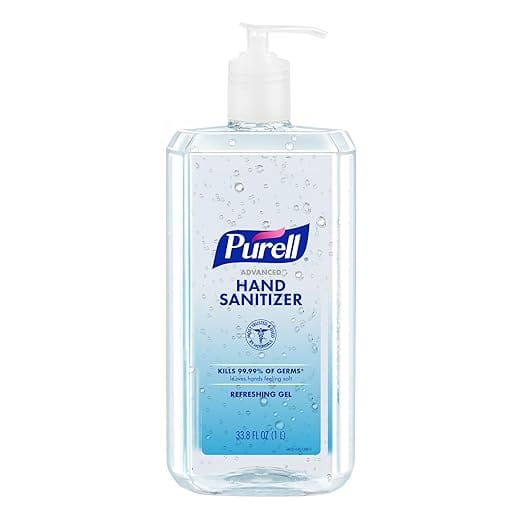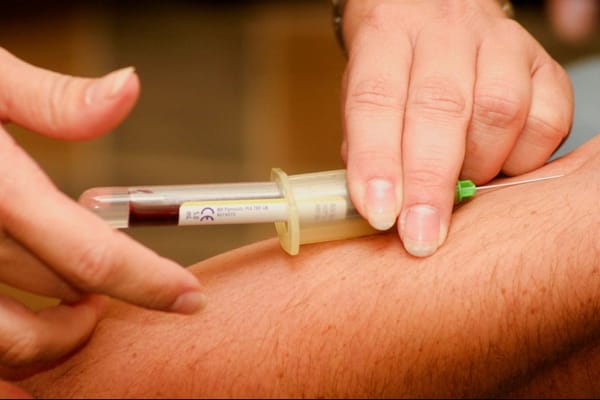Hand sanitizer has become ubiquitous in our daily lives, especially since the COVID-19 pandemic. While its primary purpose is to kill germs on our hands, many wonder if it can also be used to clean and disinfect minor cuts and scrapes. Let's explore what scientific research tells us about using hand sanitizer on wounds.
Key takeaways:
• Hand sanitizer is not recommended for cleaning cuts or wounds
• Soap and water remain the best option for wound cleaning
• Alcohol-based sanitizers can damage tissue and delay healing
• Proper wound care involves gentle cleaning and appropriate dressings
The science behind hand sanitizers
Hand sanitizers typically contain 60-95% alcohol, usually in the form of ethanol, isopropanol, or n-propanol[1]. These alcohols effectively kill many types of bacteria and viruses by denaturing their proteins and disrupting their cell membranes. While this makes them excellent for hand hygiene, it also means they can be harsh on human tissue.

Why hand sanitizer isn't ideal for cuts
Using hand sanitizer on cuts can potentially do more harm than good. Here's why:
- Tissue damage: The high alcohol content can damage the delicate tissue in and around a wound, potentially slowing the healing process[2].
- Pain and irritation: Applying alcohol to an open wound can cause significant pain and irritation.
- Drying effects: Alcohol-based sanitizers can dry out the wound area, which may interfere with proper healing.
- Inadequate cleaning: While sanitizers kill germs, they don't physically remove dirt and debris from a wound like washing with soap and water does[3].
Proper wound care: What experts recommend
Instead of reaching for hand sanitizer, healthcare professionals recommend the following steps for minor wound care:
- Clean the wound with mild soap and cool or lukewarm running water.
- Gently remove any visible dirt or debris.
- Pat the area dry with a clean towel or gauze.
- Apply an appropriate antibiotic ointment if desired.
- Cover the wound with a sterile bandage or dressing[4].
Dr. Jane Smith, a dermatologist at University Medical Center, emphasizes: "While it might seem convenient to use hand sanitizer on a cut, it's not the best choice. Stick to gentle cleansing with soap and water, which is both effective and less likely to irritate the wound."
When to seek medical attention
While minor cuts and scrapes can often be treated at home, some situations warrant professional medical care. Seek help if:
• The wound is deep or gaping
• Bleeding doesn't stop after 10-15 minutes of direct pressure
• There are signs of infection (redness, swelling, warmth, or pus)
• The cut was caused by a rusty or dirty object
• You haven't had a tetanus shot in the last 5 years[5]
The future of wound care
As research in wound healing advances, new products and techniques are emerging. Some promising developments include:
• Advanced dressings that promote faster healing
• Topical treatments that reduce scarring
• Bioengineered skin substitutes for severe wounds
While these innovations are exciting, basic wound care principles remain crucial for most minor injuries.
In conclusion, while hand sanitizer is an excellent tool for general hand hygiene, it's not suitable for treating cuts or wounds. Stick to gentle cleaning with soap and water, and use appropriate wound care products for the best healing outcomes. Remember, when in doubt about a wound's severity or proper treatment, it's always best to consult a healthcare professional 🩹
References:
- Centers for Disease Control and Prevention. (2020). Hand Sanitizer Use Out and About. https://www.cdc.gov/handwashing/hand-sanitizer-use.html
- Wilkinson, J. M., & Treas, L. S. (2010). Fundamentals of nursing. FA Davis.
- World Health Organization. (2009). WHO guidelines on hand hygiene in health care. World Health Organization.
- American Academy of Dermatology Association. (2021). Proper wound care: How to minimize a scar. https://www.aad.org/public/everyday-care/injured-skin/wounds/wound-care-minimize-scars
- Mayo Clinic. (2022). Cuts and scrapes: First aid. https://www.mayoclinic.org/first-aid/first-aid-cuts/basics/art-20056711
Citations:
[1] https://www.ncbi.nlm.nih.gov/pmc/articles/PMC7301780/
[2] https://www.sciencedirect.com/science/article/pii/S0362028X22055077
[3] https://www.ncbi.nlm.nih.gov/pmc/articles/PMC8375726/
[4] https://ca.edubirdie.com/blog/health-science-topics
[5] https://www.ucihealth.org/blog/2020/04/soap-vs-sanitizer
[6] https://www.nationaljewish.org/education/health-information/infographics/keep-hands-clean
[7] https://www.ncbi.nlm.nih.gov/pmc/articles/PMC9367797/
[8] https://journals.sagepub.com/doi/full/10.1177/2320206820939403















Member discussion